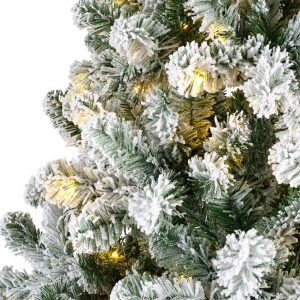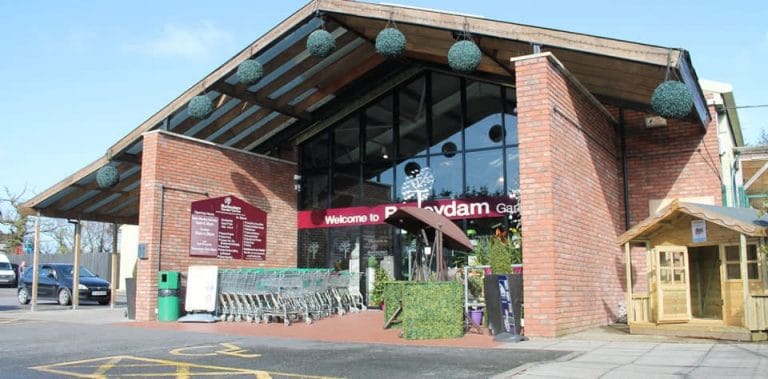Wrapping presents in specially designed paper is as much a festive tradition as putting the fairy lights on the tree – but when did it start? This blog will explore the origins of Christmas wrapping paper in more detail.
The earliest examples of people wrapping gifts in paper can be dated to approximately 100 B.C in China. This was a lot different from the contemporary wrapping tradition though, as the presents were money, and they were solely for members of the Government. Furthermore, the paper used for the wrapping was plain in style.
A more realistic origin for Christmas wrapping paper can be found in the 1800s. During that century, wealthier people used thick paper – and then later tissue paper – for wrapping festive gifts. This was usually coloured white, red or green, and a ribbon was added for further effect.
Then, in 1917, the festive wrapping paper that we know and love now was invented. This event was purely accidental though, as a shop in Kansas City found itself short of standard tissue paper. In desperation, employees managed to find some fancy decorated paper that was supposed to go inside envelopes. They opted to put it up for sale as paper for wrapping Christmas gifts, and it turned out to be a massive hit.
The shop in question was owned by JC Hall and Rollie, and they quickly realised that they were onto a winner. They commissioned more paper with Christmas designs and advertised it heavily. Ribbon was added in the 1930s, and the company name was changed to Hallmark.
Now you know where festive wrapping paper originated!








